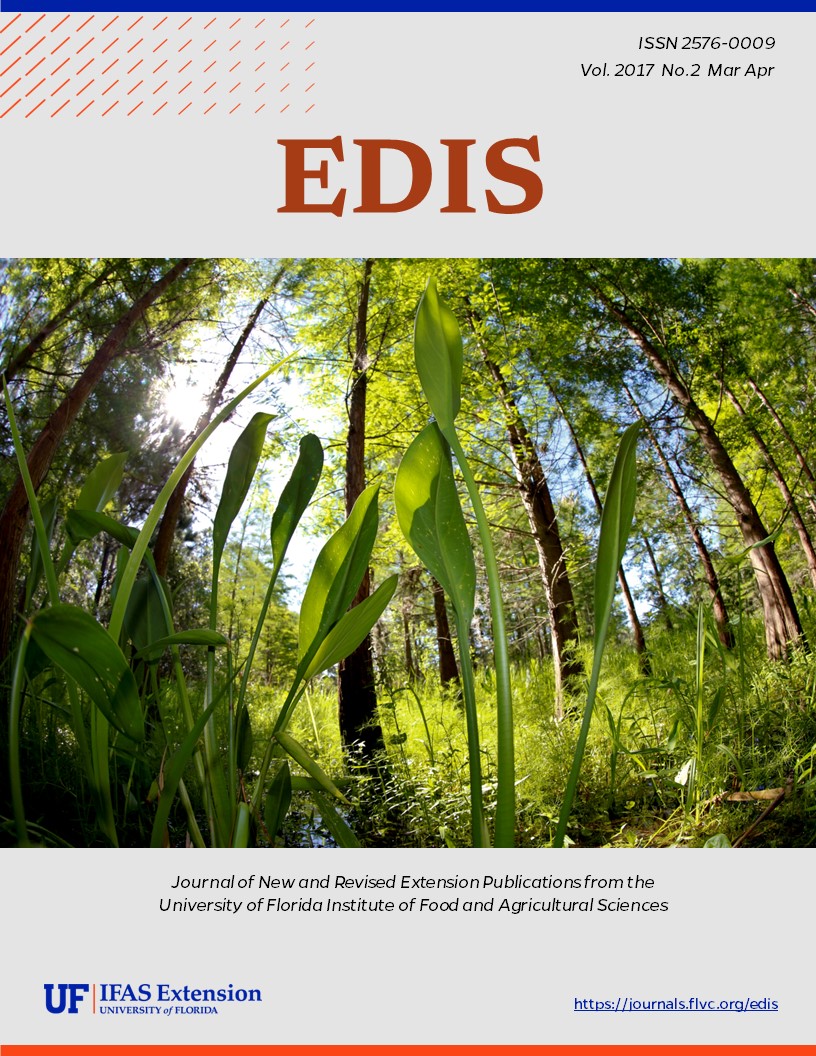Abstract
East Indian hygrophila, also known as Miramar weed, Indian swampweed, and hygro, is an invasive aquatic plant that grows under submersed and emergent conditions. The species is a federally listed noxious weed and a Florida Class II prohibited aquatic plant. East Indian hygrophila was first introduced to the United States as an aquarium plant around 1945. The first recorded sighting of East Indian hygrophila in Florida occurred near Tampa in 1965; by 1980, it had become a weed problem in southern Florida canals, and by 1994 it had spread to 18 of Florida’s public water bodies. This paper outlines the biology, ecology, invasion characteristics and environmental impacts of East Indian hygrophila and and management of this noxious weed.
Unless otherwise specified, articles published in the EDIS journal after January 1, 2024 are licensed under a Creative Commons Attribution-NonCommercial-NoDerivs 4.0 International (CC BY-NC-ND 4.0) license.

